Smile design is the process that the dentist goes through to plan and visualize the patient's desired smile. Sometimes it's just about correcting some of the blemishes in your teeth that you may feel self-conscious about.
smile design
combines a variety of dental services to help patients achieve the symmetrical and flattering smile of their dreams. Dental crowns are a dental prosthesis used to improve both the function and appearance of a tooth.The crown has a custom shape and adapts to the color of patients' existing teeth. Dental crowns can treat cracks, cavities, damaged fillings, or the aftermath of root canal treatment. Dental crowns can also add extra length or hide a dental implant. Excess gum tissue is a frustration for many patients.
Gum tissue can hide healthy teeth and create a stunted smile. In addition, the gums can be uneven. Contouring gums with a dental professional like Dr. Ahmed is a safe and effective way to address excess gum tissue and achieve a more balanced and brighter smile.
Cosmetic bonding is made with a tooth-colored resin. Cosmetic bonding, also known as dental, addresses minor imperfections in the teeth, such as chips, cracks, gaps, or stains. If the patient's dental problems are not to the extent that additional dental intervention is required, dental bonding is an effective and long-lasting cosmetic solution. Gapped teeth can be addressed with veneers, cosmetic bonding or Invisalign.
Patients can address gaps due to missing teeth with dental implants for long-lasting, natural-looking results. If you have discolored, chipped or cracked teeth, you are a good candidate for a smile makeover at Old Town Smile. Men and women who are missing some teeth are also good candidates for smile design. Candidates for smile design must have all their adult teeth.
Whether you are looking for an improvement of some teeth or your entire mouth, Dr. Ahmed has the experience and range of quality dental solutions you deserve. Ahmed will determine his candidacy for a smile makeover during an initial consultation at Old Town Smiles. Your dentist will review your dental history and discuss your current concerns.
Your dentist and the Old Town Smiles team will perform a series of tests and examinations including digital x-rays, diagnostic photographs, oral cancer screenings, a caries check, and a bite evaluation. We always welcome photos of example smiles that patients would like to emulate to help shape the details of their Smile Design plan. Smile Design treatments are tailored to address each patient's unique needs. Smile Design prices will depend on the procedures patients choose to incorporate into their treatment.
Once you and your dentist have determined the procedures that will best achieve your desired result, you will receive a personalized price breakdown. Most insurance providers won't cover Smile Design procedures that address aesthetic issues, such as veneers to treat a chipped front tooth. Some insurance providers may cover aspects of Smile Design that improve tooth function, such as dental crowns, implants, and dental joints. Patients are invited to contact their insurance provider for more information.
A smile design is the process of planning cosmetic and orthodontic procedures that will create a smile worthy of Insta-a. Cosmetic dentists base aesthetics on the patient's mouth and face. The process may include implants, crowns, veneers, whitening, lip lifts, and gum alterations. There may also be some physical benefits to your smile, such as enamel fortified with veneers or crowns to cover sensitive areas.
Digital smile design (DSD) is the newest smile design technology used by most design dentists. Allows patients to see what their new smiles will look like before starting the procedure. Dentists and patients can work together to create the optimal smile. Digital technology is also more accurate and produces better results than older methods.
A smile makeover is the process of improving the appearance of a smile through one or more cosmetic dentistry procedures. The midline refers to the vertical contact interface between two maxillary centrals. It should be perpendicular to the incisal plane and parallel to the midline of the face. Minor discrepancies between facial and dental midlines are acceptable and, in many cases, are not noticeable.
However, a sloping midline would be more obvious and therefore less acceptable. The maximum allowable discrepancy may be 2 mm, and sometimes a discrepancy greater than 2 mm is aesthetically acceptable as long as the dental midline is perpendicular to the interpupillary line. Various anatomical landmarks, such as the midline of the nose, forehead, chin, nasolabial sulcus, interpupillary plane, can be used as guidelines for midline evaluation. These principles are used as a guide rather than a rigid mathematical formula.
Most authors recommend creating harmony and balance at a glance by proper adjustment and evaluation of provisional ones rather than any formula. The factors that guide the individual dimensions of the teeth are as follows. Zenith points and their relationship with the midline. You are absolutely right, the smile is a meaningful impression of oneself along with communicating a variety of feelings to everyone around us and is special to each distinctive individual.
You will also have the opportunity to approve the three-dimensional model and mock-up images of what your smile will look like after the treatment is completed. The dental component focuses more on the teeth and their relationship with the soft tissue of the oral cavity, such as the gums. The DSD is a unique dental treatment planning tool that strengthens a dental provider's diagnostic vision, improves predictability, and improves communication between dental providers and their patients. With DSD you can design better smiles, plan treatment more effectively as a team, create perceived value and increase case acceptance, perform better treatments more efficiently.
Patients also have the option of combining a hygiene cleaning or gum disease exam with their Smile Design treatment plan. Smile transformations can take anywhere from three weeks to several months, depending on each individual situation. If you decide to move forward, your dental care provider will take three-dimensional photos and videos of every angle of your mouth. MidlineThe position of the teeth and dental midline relative to the facial midline and surrounding tissue is another area to be evaluated during the smile assessment (Fig.
Therefore, the element of predictability is lost because the dentist may not be able to tell you exactly what your smile will look like at the end of the procedure. Anterior Orientation and CouplingAn equally important, and sometimes overlooked principle when it comes to smile design, is the importance of function following shape and how the anterior teeth engage and help guide the posterior teeth to separate them. The exception here is that a smile design involves a complete transformation of the smile and therefore requires more planning and consultation with the patient. Digital smile design (DSD) has taken the world of dentistry by storm, delivering better results and a more predictable outcome for each individual patient.
. .
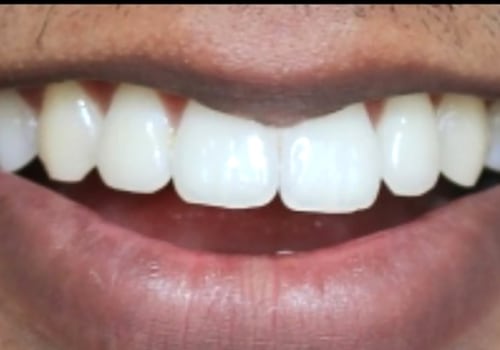
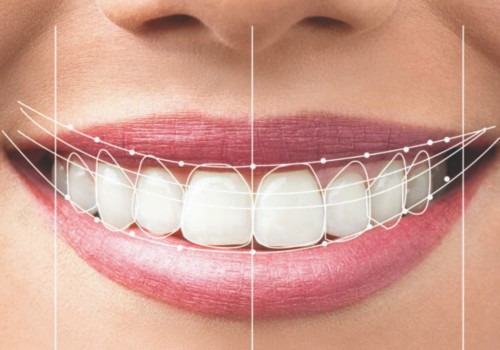
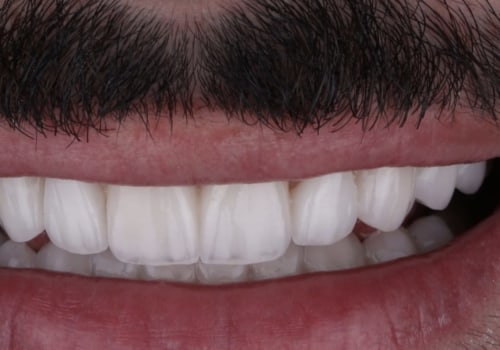
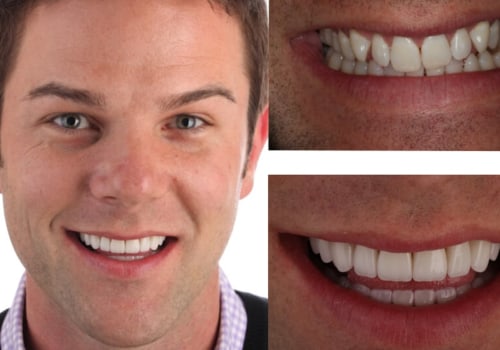

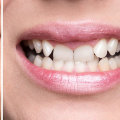
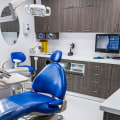
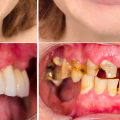


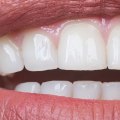
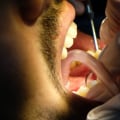
Leave Reply